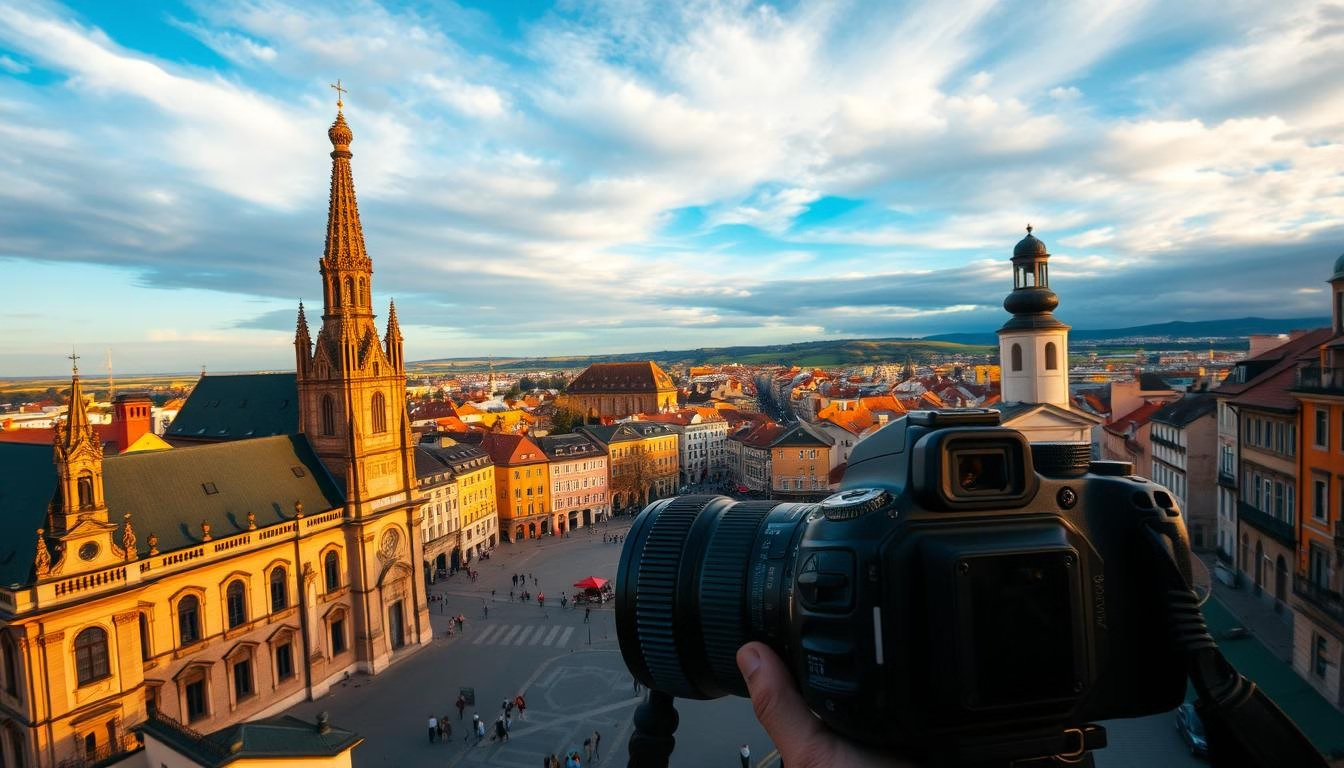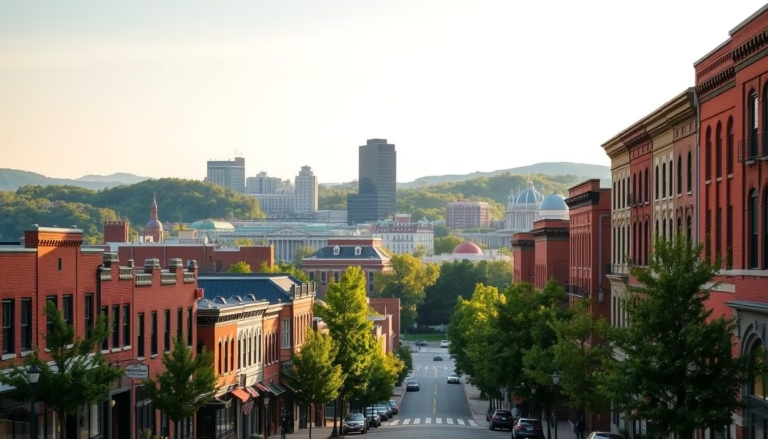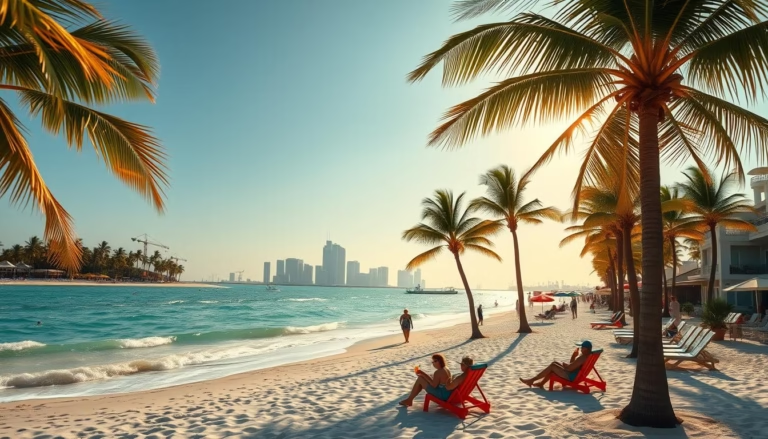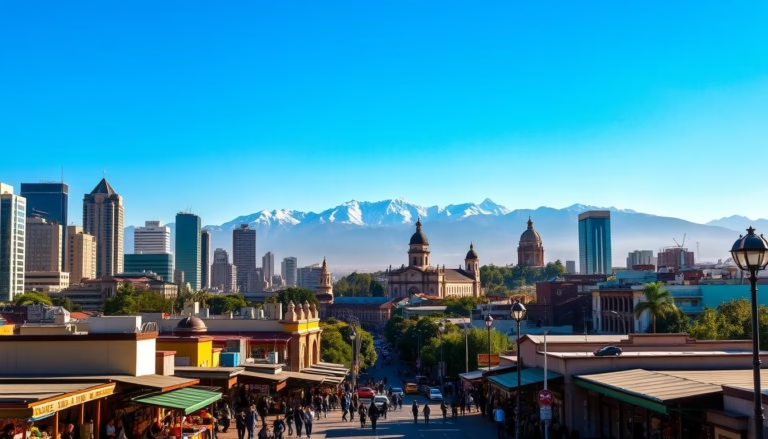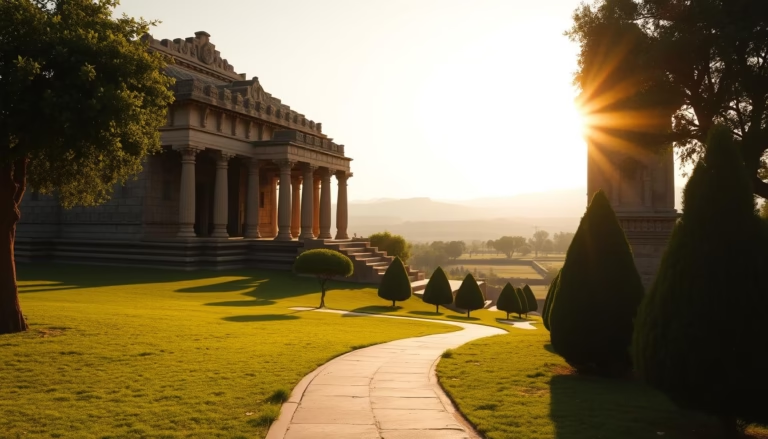Explore the Most Iconic European Cities to Photograph
From cobblestone streets lined with medieval architecture to sleek skylines dotted with modern marvels, Europe offers endless inspiration for shutterbugs. Its unique blend of history and innovation creates a visual playground where every corner tells a story. You’ll find Roman ruins standing proudly beside contemporary art districts, all within easy reach thanks to the continent’s compact size.
Travelers flock here not just for the sights but for the seamless experience. Over half of global tourists visit European destinations each year, drawn by safe environments and efficient transit systems. This accessibility means you can capture Gothic cathedrals in the morning and futuristic landmarks by afternoon—no long hauls required.
What truly sets these urban landscapes apart is their layered character. Quaint alleyways hide vibrant street art, while bustling plazas frame centuries-old monuments. Whether you’re drawn to golden-hour portraits of Parisian cafés or moody shots of Scandinavian design hubs, there’s always a fresh perspective waiting.
Key Takeaways
- Europe’s mix of ancient and modern architecture creates unmatched visual variety
- Compact geography allows efficient travel between diverse locations
- Well-connected transportation supports multi-city photography trips
- Historic preservation ensures iconic landmarks remain photogenic
- Hidden gems coexist with world-famous attractions
- Cultural diversity translates into unique regional photo opportunities
Introduction to European Photography
Where weathered stone walls whisper tales of empires past and glass towers reflect tomorrow’s ambitions, photography becomes time travel. This continent’s visual language blends eras effortlessly, offering frames where history shakes hands with innovation at every turn.
The Timeless Appeal of Europe
Golden sunlight filtering through stained glass. Shadows dancing across centuries-old facades. These moments make European beauty feel both grand and intimate. Unlike static museum exhibits, the streets pulse with life—flower vendors arranging blooms below Roman columns, skateboarders grinding on Habsburg-era steps.
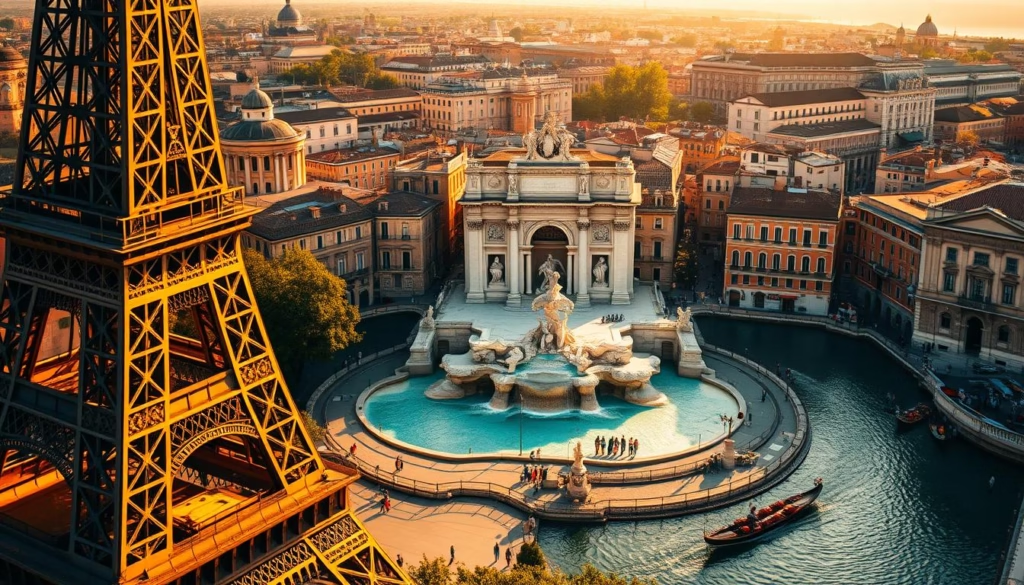
An Overview of Iconic Cities and Landmarks
From Barcelona’s dragon-backed rooftops to Budapest’s thermal bath mosaics, each landmark tells layered stories. You’ll find Gothic spires sharing skies with avant-garde structures, creating contrast that energizes every composition. Seasonal shifts add drama—winter fog wraps Prague Castle in mystery, while summer sun ignites Santorini’s whitewashed walls.
What truly captivates photographers? The art of daily life unfolding against these backdrops. A Venetian gondolier’s weathered hands. The steam rising from a Berlin pretzel cart. Europe serves these moments like a master chef—plated perfectly, seasoned with authenticity.
Capturing the Essence of Urban Life in Europe
The heartbeat of Europe pulses through its bustling markets and quiet alleyways. To photograph urban energy authentically, focus on interactions between locals and their environment. A grandmother arranging fresh herbs at a Lisbon market or friends laughing over espresso in Vienna reveal more about city culture than any postcard-perfect landmark.
Street scenes thrive on spontaneity. “The best shots happen when you become part of the scenery,” advises Berlin-based photographer Lena Müller. Use compact gear to stay mobile, and consider a 35mm prime lens for natural perspectives. Early mornings offer golden light and unhurried moments—watch for bakers unwinding shutters or shopkeepers arranging colorful produce.
Residential neighborhoods often hold hidden treasures. Wander beyond main squares to find laundry-draped balconies in Naples or chess games in Budapest parks. Respect privacy by keeping distance; candid photos feel genuine when subjects remain unaware. If someone notices, a smile and nod usually suffice.
For dynamic streetscapes, experiment with shutter speeds. Freeze motion during rush hour in Frankfurt’s financial district, or blur tram movements in Prague. Evening brings its own magic—capture the glow of family-run trattorias in Rome or cyclists weaving through Amsterdam’s canal bridges.
Remember: great urban photographers listen as much as they look. The clatter of dishes in a Paris brasserie or tram bells in Zagreb tell stories waiting to be framed. Let these rhythms guide your lens to create visual narratives that breathe with life.
Iconic Historical Backdrops and Rich Heritage
Photographers find a timeless dialogue between epochs in Europe’s weathered ruins and grand monuments. These landmarks act as visual bridges, connecting modern explorers to civilizations that shaped our world.
Ancient Ruins and Timeless Monuments
Rome’s Colosseum stands as a masterclass in layered storytelling. Morning light reveals cracks from gladiatorial clashes, while dusk softens its scars into golden whispers. Across the Mediterranean, Athens’ Parthenon columns frame sunsets like a 2,500-year-old picture window.
Try these techniques to elevate your shots:
| Location | Best Time | Focal Length |
|---|---|---|
| Roman Forum | Blue Hour | 24mm (wide context) |
| Acropolis | Midday | 70mm (texture details) |
| Pompeii | Overcast | 50mm (human scale) |
For intimate perspectives, zoom in on artisan details—a weathered Corinthian capital or moss-kissed Byzantine mosaic. These close-ups make history tactile. “Always shoot through multiple weather conditions,” suggests archaeologist Giulia Bianchi. “Rain highlights ancient drainage systems most visitors miss.”
Beat crowds by arriving as gates open or using long exposures to blur tourists into ghostly traces. Low angles against massive structures emphasize their imposing scale, while elevated viewpoints showcase urban integration of old and new.
Architectural Marvels and Landmarks
Europe’s skyline tells a story in stone and steel, where flying buttresses duel with glass facades for your lens’s attention. Every architecture style whispers secrets of its era—Gothic arches reach heavenward, while Bauhaus lines ground us in minimalist truth.
From Gothic to Modern Structures
Capture Cologne Cathedral’s spires at dawn, when shadows carve depth into its limestone face. Contrast this with Rotterdam’s Cube Houses—their tilted geometries shine brightest under harsh midday sun. Pro tip: Use a tilt-shift lens to correct perspective distortion in tight urban spaces.
| Style | Best Light | Lens Choice |
|---|---|---|
| Gothic | Golden Hour | 16-35mm wide-angle |
| Art Nouveau | Overcast | 50mm prime |
| Modernist | Midday | 24-70mm zoom |
Unique Building Details Worth Capturing
Zoom in on Prague’s Astronomical Clock—its zodiac ring glows when backlit by sunset. Barcelona’s Casa Batlló becomes a mosaic kaleidoscope when photographed inches from its trencadís-covered walls.
“Architecture is frozen music—your job is to make it sing through composition.”
Watch for repeating patterns: Budapest’s Parliament buildings offer symmetry, while Gaudi’s organic shapes in Park Güell beg for abstract framing. Rain amplifies textures—shoot cobblestone courtyards after storms for glistening details.
City Streets, Cafés, and Local Life
The soul of European culture thrives in its unscripted moments—steaming cappuccinos clinking at corner bars, neighbors debating over market stalls, and children chasing pigeons across sun-dappled plazas. These streets become stages where daily rituals unfold with cinematic flair.
Early risers get golden rewards. Arrive as bakers slide croissants into display cases and baristas polish espresso machines. The soft morning light wraps everything in warmth, perfect for capturing empty chairs awaiting their first customers or shopkeepers arranging colorful produce.
Residential areas reveal authentic rhythms. Look for laundry fluttering between Baroque buildings in Naples or retirees playing bocce in Barcelona’s Gràcia district. Keep distance to respect privacy—a 85mm lens helps isolate people without intrusion. When eyes meet, smile and lower your camera.
Café culture offers rich visual stories. In Vienna, document the ballet of waiters balancing Sachertorte towers. Parisian terraces become theaters of fashion and conversation as afternoon shadows lengthen. Use these techniques:
- Shoot through window reflections for layered scenes
- Set ISO 800-1600 for indoor natural light
- Pre-focus on tables to catch spontaneous laughs
As dusk falls, follow the glow of family-run trattorias. Candlelit faces and steaming plates tell intimate stories. Remember—great street photography isn’t taken, it’s received through patience and respect.
Must-See: Most Photographed Cities in Europe
Three European capitals consistently steal the spotlight in travel albums and photography guides. Their iconic skylines and cultural depth make them destinations that reward both first-time visitors and seasoned shooters.
London’s Layered Narrative
Start at Tower Bridge during blue hour – its steel framework glows against twilight skies. For street energy, Brick Lane’s graffiti walls offer ever-changing backdrops. Pro tip: Use a polarizing filter to enhance cloud drama over Parliament.
Parisian Light Mastery
The Eiffel Tower shines brightest 10 minutes after sunset when its golden lights activate. Capture reflections in puddles near Trocadéro using a wide-angle lens. For fresh perspectives, shoot Sacré-Cœur through carousel mirrors at Place du Tertre.
Rome’s Eternal Drama
At the Pantheon, arrive before dawn to photograph oculus light beams without crowds. Use a 24mm lens to frame St. Peter’s Dome through Vatican colonnades. Evening golden hour transforms Trevi Fountain into liquid bronze.
| City | Hidden Gem | Ideal Lens |
|---|---|---|
| London | Leadenhall Market arches | 35mm prime |
| Paris | Passage Brady arcade | 16-35mm zoom |
| Rome | Aventine Keyhole view | 70-200mm tele |
Seasonal shifts redefine these cities. Spring cherry blossoms soften London’s financial district, while winter fog adds mystery to Parisian bridges. In Rome, summer golden light lingers until 8 PM – perfect for twilight time-lapses.
Charming Waterfronts and Scenic Canals
Europe’s waterways weave through urban landscapes like liquid silver threads, transforming cityscapes into shimmering works of art. Three destinations stand out for their aquatic charm: Amsterdam’s canal rings frame slender houses and bicycle-covered bridges, Venice’s Grand Canal shimmers with Gothic palazzos, and Bruges’ medieval waterways mirror stepped gables like perfect twins.
Capturing Reflections and Waterside Vibes
Still mornings work magic on water surfaces. Arrive at sunrise when boat traffic sleeps – Amsterdam’s Prinsengracht becomes a glass sheet doubling church spires. Use these techniques:
- Polarizing filters enhance cloud details in reflections
- Expose for highlights to preserve shadow textures
- Shoot from bridges using leading lines of canal edges
Venice demands quick reflexes. Capture gondolas slicing through turquoise water with a fast shutter (1/500s). For Bruges’ fairytale views, wait for autumn mists to soften medieval facades.
| Location | Best Conditions | Gear Tip |
|---|---|---|
| Amsterdam | Spring dawns | 24-70mm zoom |
| Venice | Summer twilight | Neutral density filter |
| Bruges | Winter frost | Tripod for long exposures |
“Waterfront photography isn’t just about what’s above – it’s the dance between reality and its liquid twin.”
Seasonal shifts change the game. Summer crowds reflect energy, while winter’s stillness reveals architectural details. Remember: Europe’s canals aren’t just subjects – they’re collaborators shaping light and perspective.
Enchanting Old Towns and Medieval Streets
Time bends in Europe’s medieval districts, where crooked alleys twist past timber-framed buildings older than nations. These old towns aren’t frozen relics—they pulse with life as markets spill onto cobblestones and locals chat beneath arched gateways. Your lens becomes a bridge between past and present.
Dubrovnik’s stone walls frame terracotta rooftops sloping toward the Adriatic. Prague’s castle complex—the world’s largest—casts long shadows over Charles Bridge at dawn. For fairy-tale reflections, Bruges’ canals mirror stepped gables like liquid postcards.
Master narrow streets with these tricks:
- Shoot upward in tight lanes to emphasize leaning walls
- Use midday shadows as leading lines
- Spotlight textures: mossy stones, iron door knockers
Edinburgh’s Victoria Street shows how color pops against gray stone. Wait for rain—wet cobblestones deepen hues and create mirror effects. “Medieval light plays hide-and-seek,” notes Dubrovnik guide Luka Marović. “Cloudy days soften harsh contrasts between stone and sky.”
Seasonal shifts redefine these old towns. Autumn fog wraps Edinburgh’s Royal Mile in mystery, while summer golden hour gilds Bruges’ canal houses. Beat crowds by arriving as bakeries open—you’ll capture quiet moments when morning light kisses ancient streets.
“Don’t just photograph facades—look for stories in weathered shutters and worn staircases.”
Hidden Gems and Offbeat Photography Spots
Beyond the well-trodden paths lie Europe’s best-kept secrets—quiet courtyards and forgotten lanes where authenticity shines. These places reward explorers willing to wander beyond guidebook highlights, offering fresh perspective through untamed beauty and local rhythms.
Secret Corners and Lesser-Known Locales
Lisbon’s LX Factory transforms industrial ruins into vibrant art spaces, with murals crawling up abandoned warehouses. Tallinn’s Kalamaja district charms with candy-colored wooden houses rarely seen in travel albums. For waterfront magic, Porto’s Foz do Douro reveals fishermen mending nets at golden hour.
Photographers thrive in these spots by embracing spontaneity. Try a 50mm prime lens to capture details like weathered door knockers in Kraków’s Kazimierz district. Residential areas like Berlin’s Sprengelkiez offer laundry-lined balconies framing street art masterpieces.
These destinations prove Europe’s magic isn’t confined to famous squares. A weathered bookstore in Lyon or Budapest’s abandoned Jewish bathhouse tells stories mainstream tourism overlooks. Pack curiosity over crowd maps—your most striking shots often wait where few think to look.
